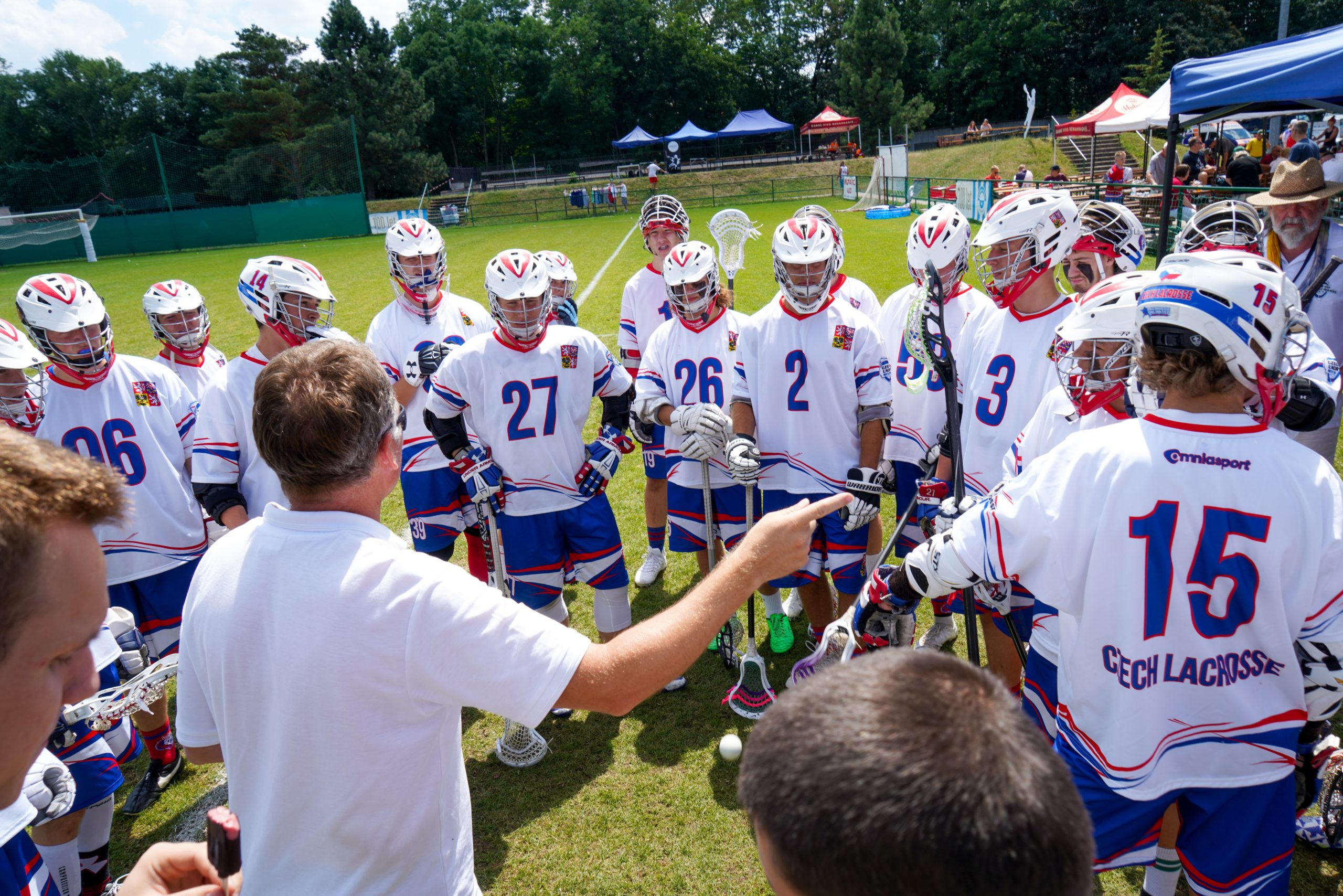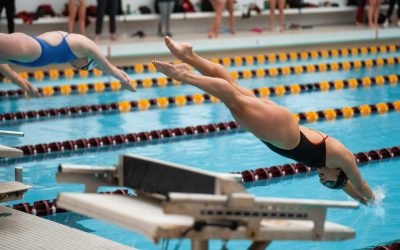Dear Coach Bryant,
I was speaking to a friend recently and she told me that her son (a D1 lacrosse player) regained a year of NCAA eligibility after having his spring season cancelled as a result of COVID-19. As I spoke to her, I couldn’t help but wonder how this would impact not only his team, but the entirety of college athletics for years to come. I have a child who wants to play college sports in a few years…Given your 20+ years of experience in college athletics, what do you think will be the downstream effects of COVID-19?
Sincerely,
Pandemic Parent
He regained a year of eligibility after having his spring season cancelled as a result of COVID-19
Dear Pandemic Parent,
You are not the only person wondering how life will change in the wake of COVID-19. Specifically for college athletics, there are many unknowns as we continue to navigate the logistics of having seasons cancelled, eligibility restored, and careers extended. Based on the information we have now and the experience I have as a college coach, I see six potential trends emerging as a result of this pandemic:
Trend #1: Fewer student athletes will choose to play sports in college over the next 4 years.
While it’s great for current college athletes to be granted an extra year of eligibility, it will impact the number of spots and amount of playing time available for recruits over the next four years. As a result, we may see fewer high school students choose to play college sports. No one wants to go to college to sit on the bench- especially if they are going to have to ride the pine for more than one year.
Trend #2: The Division III talent pool could grow deeper as a result of less playing time being available in Divisions I & II.
Talented athletes may be forced to reconsider their options, as the Division I and II teams they hoped to play for may no longer have a spot or playing time available for them. They will be forced to examine options across all divisions to find the playing time they feel they deserve. This could greatly increase the depth of competitive teams in Division III, as we could see a migration of DI and DII athletes trading bench time for playing time.
Trend #3: Community and junior colleges will see an uptick in varsity sport participants.
We could see more student-athletes choose to spend their first two years playing at community or junior colleges to provide a time buffer as they wait for rosters to open up at 4-year programs.
Trend #4: More graduate students will choose to play their 5th year at an entirely different institution.
Student-athletes with remaining eligibility always had the option to finish their careers at a different graduate institution. However, we will likely see an increase in the amount of players who choose to do this because they now have an extra year of eligibility to work with. As a coach, I wonder about the impact this could have on team dynamics. Having a player who spent four years on another team, with another coach, suddenly join your program for one year as the “oldest” player in the bunch is certainly a unique wrench to throw into a pre-established team culture.
Trend #5: More high school student-athletes decide to hold back a year or take a gap year.
High school student-athletes may choose to delay their enrollment into college to buy time and allow roster spots to open up. They can do this by repeating a year of school or taking a gap year between high school and college. This is an interesting consideration, as the rules surrounding such actions differ across sport and division and would require an in-depth individual analysis to ensure actions are compliant.
Trend #6: Rich athletic programs get richer while poor programs get poorer.
Division II has already allowed for scholarship enhancements for one year. Even if Division I elects to do the same thing (while also expanding roster sizes), there is no guarantee that each respective program will have the money to support additional student-athletes. The key here is that these expansions are permissive, not prescriptive. As such, this quickly becomes a situation of privilege, as those programs that can afford to will be able to keep their 5th year players while still recruiting new ones. This leaves the “poor” programs to fend for themselves with small rosters and even smaller budgets.
The reality is that we still do not know the full impact that COVID-19 will have on college athletics
The Reality: This global pandemic is changing life as we know it. While I predict that we may observe these trends in the months and years to come, the reality is that we still do not know the full impact that COVID-19 will have on college athletics. All we can do is hope that our players and their families stay safe during this tenuous time, and that we are all able to get back to playing the sports that we know and love come this fall.
In next week’s blog post, I will cover recommendations for current high school student-athletes, in light of these potential trends, as they navigate the evolving world of recruiting amidst the COVID-19 pandemic.
Need to know more about the impact of these trends, and what they mean for your child’s future as a student-athlete? Check out next week’s blog post or contact me:






